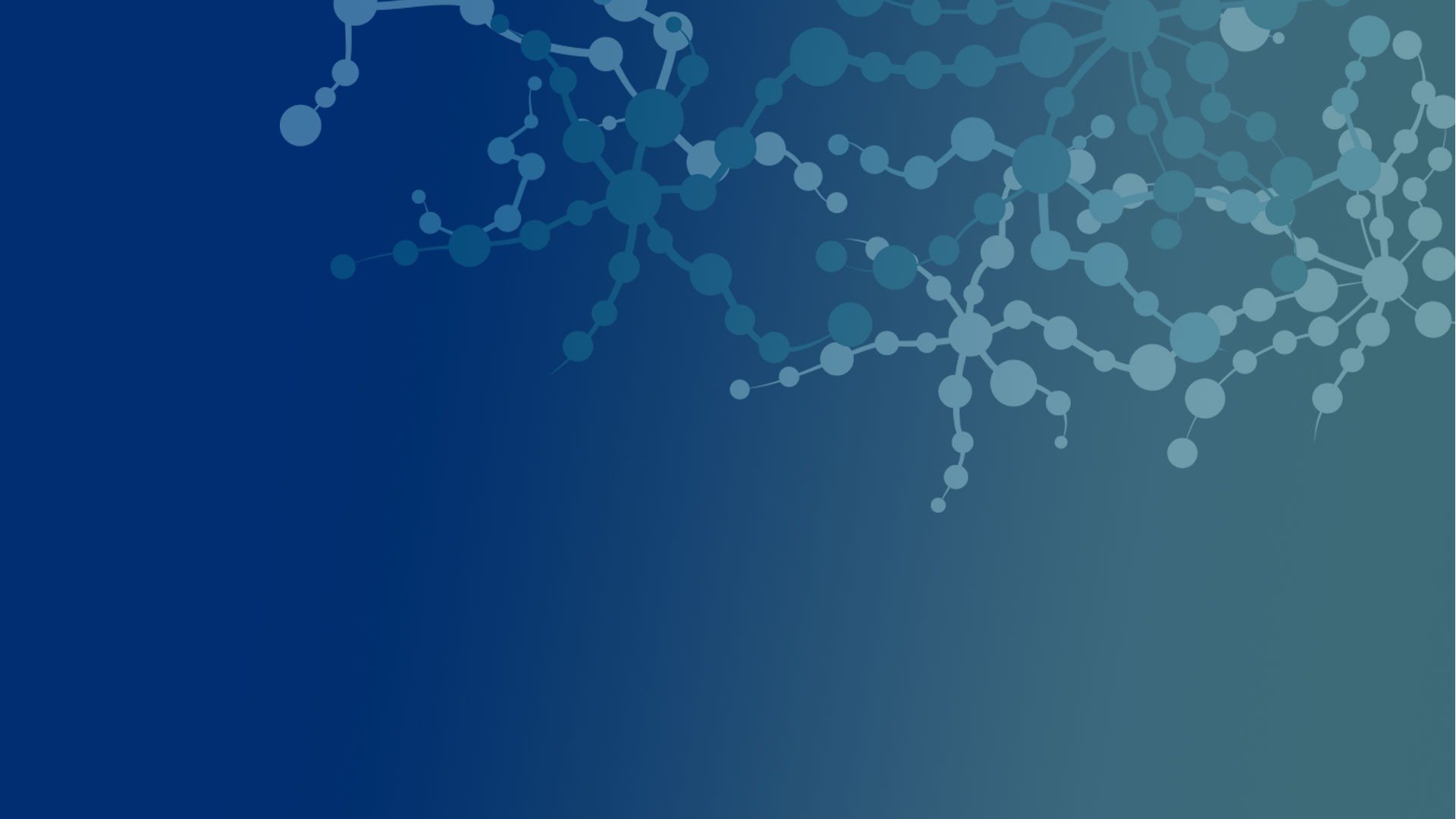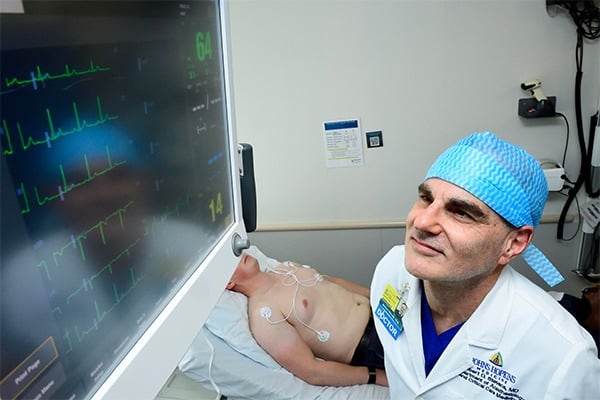A new artificial intelligence model found previously undetected signals in routine heart tests that strongly predict which patients will suffer potentially deadly complications after surgery. The model significantly outperformed risk scores currently relied upon by doctors.
The federally funded work by Johns Hopkins University researchers, which turns standard and inexpensive test results into a potentially lifesaving tool, could transform decision-making and risk calculation for both patients and surgeons.
“We demonstrate that a basic electrocardiogram contains important prognostic information not identifiable by the naked eye,” said senior author Robert D. Stevens, chief of the Division of Informatics, Integration, and Innovation at Johns Hopkins Medicine. “We can only extract it with machine learning techniques.”
The findings are published today in the British Journal of Anaesthesia.
A substantial portion of people develop life-threatening complications after major surgery. The risk scores relied upon by doctors to identify who is at risk for complications are only accurate in about 60% of cases.
Hoping to create a more accurate way to predict these health risks, the Johns Hopkins team turned to the electrocardiogram, or ECG, a standard, pre-surgical heart test widely obtained before major surgery. It’s a fast, non-invasive way to evaluate cardiac activity through electric signals, and it can signal heart disease.
But ECG signals also pick up on other, more subtle physiological information, Stevens said, and the Hopkins team suspected they might find a treasure trove of rich, predictive data—if AI could help them see it.
“The ECG contains a lot of really interesting information not just about the heart but about the cardiovascular system,” Stevens said. “Inflammation, the endocrine system, metabolism, fluids, electrolytes—all of these factors shape the morphology of the ECG. If we could get a really big dataset of ECG results and analyze it with deep learning, we reasoned we could get valuable information not currently available to clinicians.”


